Six extraordinary English homes that have been passed down for dozens of generations
Never mind armorial silver, an ancestral house is one of the most meaningful (and challenging) of inheritances.

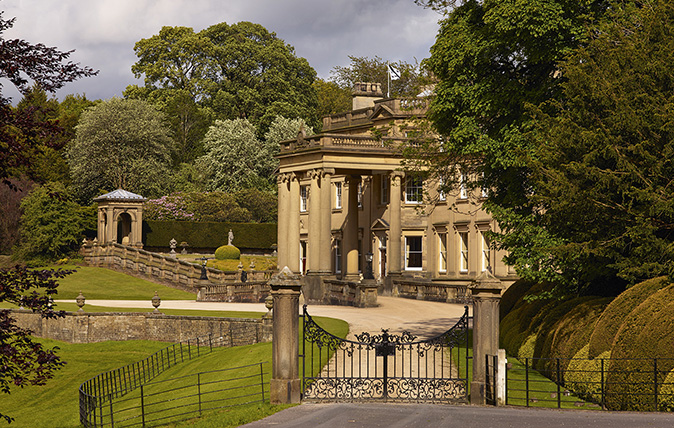
Broughton Hall, North Yorkshire
Home to the original Dicky and Daffy (Country Life’s Annie Tempest grew up at Broughton), the Tempest family has been here since 1097, although the current hall was built in 1597.
Today, Broughton presides over perhaps the world’s most beautiful business park; the family still lives in the hall, but the 3,000-acre estate houses more than 50 companies, employing some 600 people, in a variety of converted coach houses, stables, barns and other buildings. There are also conferences, weddings and other events, plus holiday cottages and the Avalon spa is set to open this year. (www.broughtonhall.co.uk)
Elmore Court, Gloucestershire
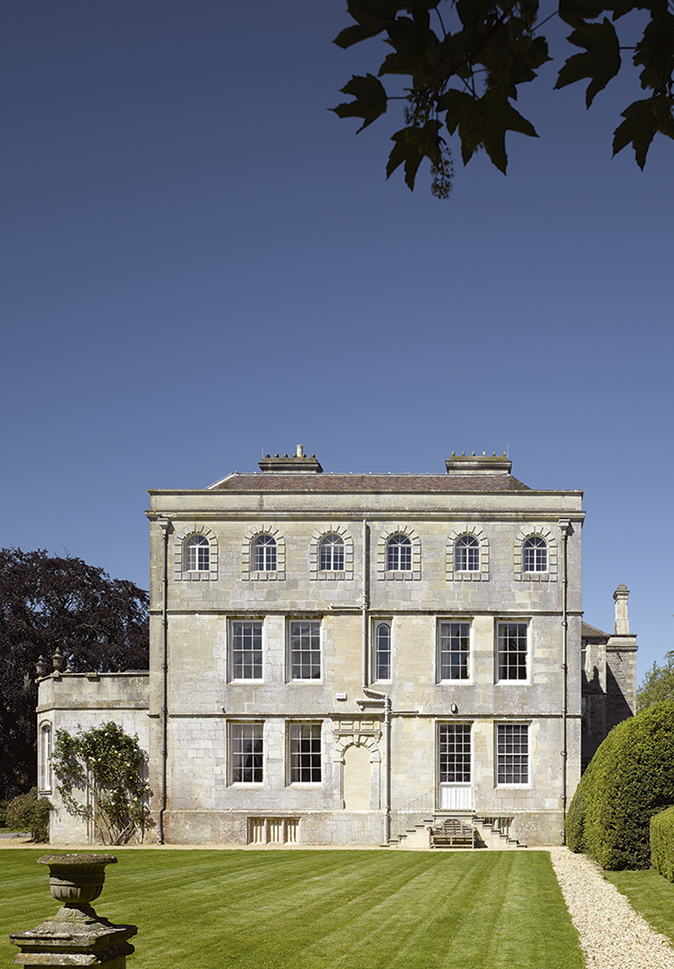
‘One clove of Gillyflower’ was the rent for land at Elmore in 1274, when the Guise family first came to own the estate. Pretty Elmore Court (Country Life, April 22, 2015), still very much a family home, was built in about 1540.
The current owner, Anselm Guise, spent several years turning the place into a top-notch venue for weddings and other events. The most exciting addition has been The Gillyflower, a beautiful, sustainable building that serves as a kind of permanent marquee, for dinner and dancing. (www.elmorecourt.com)
Berkeley Castle, Gloucestershire

Built in the 11th century, Berkeley Castle (Country Life, December 2 and 9, 2004) has been in the same family for some 850 years, whose tenure has witnessed all manner of diversions. It’s suggested that Shakespeare’s A Midsummer Night’s Dream was first performed at a Berkeley family wedding, Edward II was murdered here in 1327 and, in 1725, a tumble from the Great Hall’s minstrels’ gallery resulted in the death of England’s last Court jester—‘Here lies the Earl of Suffolk’s fool’ reads his epitaph at the local village church. (www.berkeley-castle.com)
Hovingham Hall, North Yorkshire
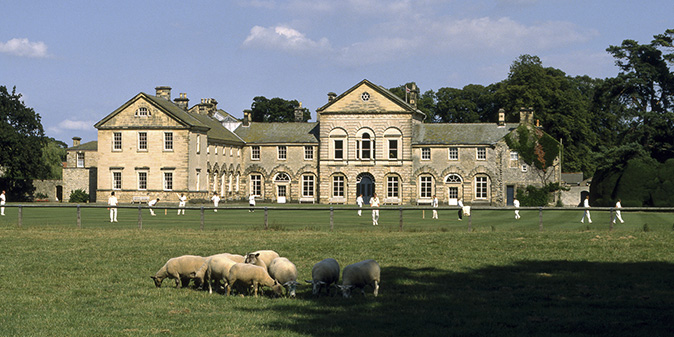
Descended from Elias, a giant who died fighting in the Crusades, the Worsley family bought the Manor of Hovingham in 1563. Upon inheriting in 1751, the horse-obsessed Thomas Worsley set about building the grandest Palladian stables he could imagine. Into these, he incorporated a handsome country house almost as an afterthought—the ballroom was above the stables and, after Horace Walpole commented on the singular aroma, the horses were, sensibly, moved elsewhere—and it remained unfinished when he died in 1778.
Hovingham Hall is the childhood home of The Duchess of Kent and its private cricket ground is said to be the country’s oldest in continuous use. (www.hovingham.co.uk)
Exquisite houses, the beauty of Nature, and how to get the most from your life, straight to your inbox.
Alnwick Castle, Northumberland
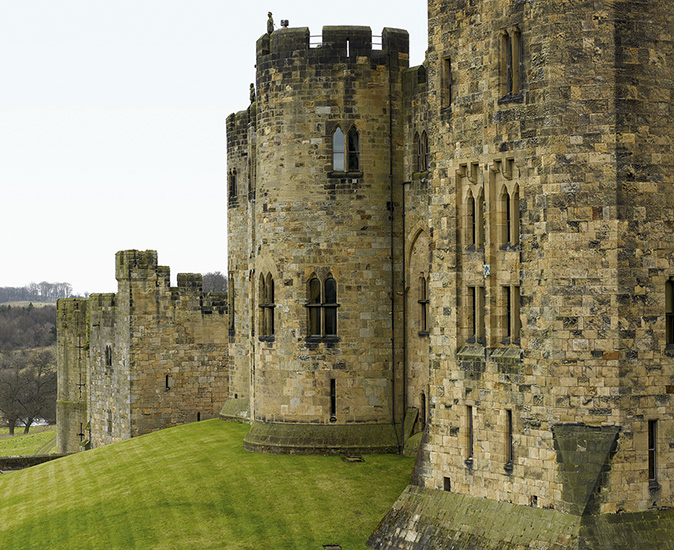
Accio
broomstick! Famous as more than just the spot where Harry Potter learnt to fly — Alnwick Castle has also featured in Downton Abbey, Robin Hood: Prince of Thieves and Blackadder, to name a few screen appearances — this Percy stronghold (which the family purchased in 1309) is one of the largest inhabited castles in the UK and among the most visited.
The Alnwick Garden, with one of the world’s largest wooden treehouses and adjoining poison garden, both overseen by the Duchess of Northumberland, is even more renowned, attracting more than 600,000 visitors per year. (www.alnwickcastle.com)
Renishaw Hall, Derbyshire
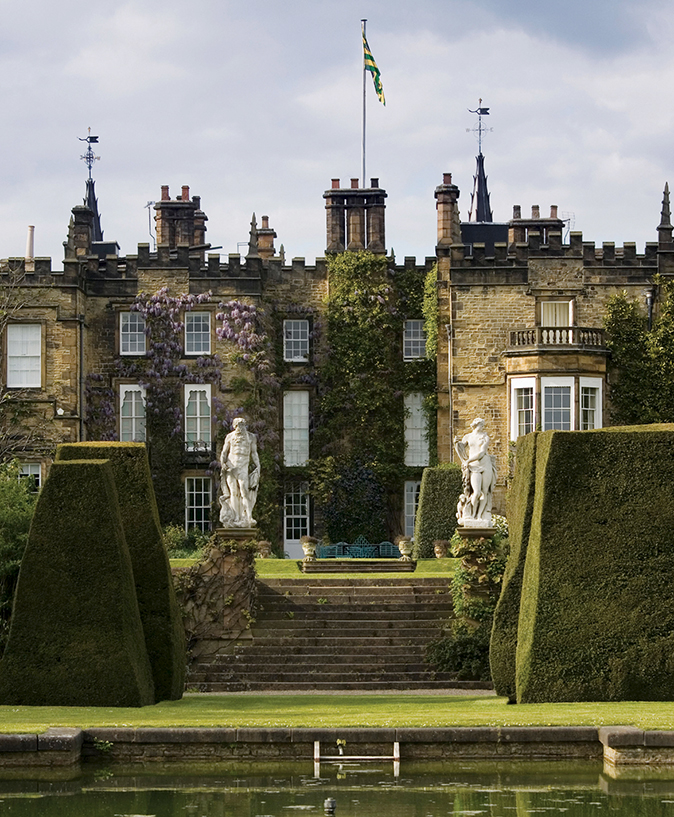
Is there a modern-day Mellors in the village of Eckington? Be still our beating hearts; D. H. Lawrence is said to have used Renishaw Hall and its locality as inspiration for Lady Chatterley’s Lover. Home to the Sitwell family for nearly 400 years, the hall’s current chatelaine Alexandra Hayward (née Sitwell) oversees the estate, including planting in the award-winning Italianate gardens, laid out in the 19th century by her great-grandfather.
The estate vineyard was, until 1986, the northernmost vineyard in the world and the Jacobean/Georgian/Regency pile was home to the angular-featured literary Sitwell sibling trio (Osbert, Sacheverell and Edith), rivals to the Bloomsbury Set. (www.renishaw-hall.co.uk)
Annunciata is director of contemporary art gallery TIN MAN ART and an award-winning journalist specialising in art, culture and property. Previously, she was Country Life’s News & Property Editor. Before that, she worked at The Sunday Times Travel Magazine, researched for a historical biographer and co-founded a literary, art and music festival in Oxfordshire. Lancashire-born, she lives in Hampshire with a husband, two daughters and a mischievous pug.

